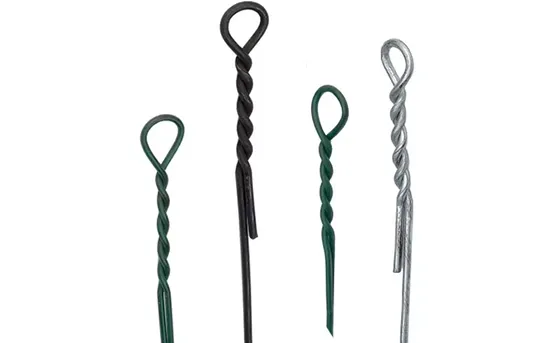-
 Phone:
Phone: -
 Email:
Email:

wire mesh for rock walls
Wire Mesh for Rock Walls An Essential Solution for Stability and Safety
Rock walls are a common feature in various landscapes, from natural formations to retaining structures for roads and buildings. While these walls provide aesthetic value and stability, they are also subject to erosion, weathering, and other environmental factors that can compromise their integrity. To enhance the durability and safety of rock walls, wire mesh has emerged as an essential solution in construction and engineering.
The Importance of Wire Mesh
Wire mesh, commonly made from galvanized steel, serves as a protective layer for rock walls. Its primary function is to contain loose rocks and debris, preventing them from falling or sliding down the slope. This aspect is particularly crucial in areas where rock walls are subject to external forces such as heavy rainfall, freezing and thawing cycles, and seismic activity. By using wire mesh, engineers can create a secure environment, reducing the risk of landslides and rockfalls that could endanger lives and property.
Moreover, wire mesh enhances the overall stability of rock walls. By providing a structural framework, it helps to distribute weight and stress evenly across the wall. This distribution is vital in preventing localized failures that could lead to significant collapses. The mesh can be tightly woven to fulfill specific requirements, allowing flexibility in application depending on the nature of the rock wall and its geographical location.
Applications of Wire Mesh
Wire mesh applications for rock walls are diverse and can be adapted to various types of projects. In landscaping, for example, it is commonly used to support soil in terraced gardens, creating visually appealing yet stable formations. In civil engineering, wire mesh is integral to constructing retaining walls that hold back soil and rocks in areas of high erosion risk.
wire mesh for rock walls

In addition to its use in new constructions, wire mesh is also employed in rehabilitation projects. Crumbling rock walls can benefit from the application of wire mesh, reinforcing the existing structure and extending its lifespan. This approach is not only cost-effective but also minimizes disruption to the surrounding environment, making it an eco-friendly option for restoring natural landscapes.
Advantages of Wire Mesh
One of the most significant advantages of using wire mesh in rock wall construction is its durability. Galvanized steel wire mesh is resistant to corrosion, which ensures that it can withstand harsh weather conditions without deteriorating. Furthermore, its lightweight nature allows for easy handling and installation, saving time and labor during the construction process.
Another benefit is the versatility of wire mesh. It can be customized in terms of size, gauge, and coating according to the specific requirements of the project. This customization allows engineers and designers to create tailored solutions that meet the unique challenges posed by different rock formations.
Moreover, wire mesh systems can be coupled with other materials, such as shotcrete or geotextiles, to enhance their performance. These combinations can provide additional stabilization and contribute to the overall efficacy of the rock wall.
Conclusion
Wire mesh has established itself as a crucial component in the construction and maintenance of rock walls. Its ability to enhance stability, prevent erosion, and provide a protective barrier makes it an invaluable resource in both new projects and rehabilitation efforts. As the demand for durable and safe civil infrastructure continues to grow, the use of wire mesh will undoubtedly play a vital role in the future of rock wall engineering. With its myriad advantages and applications, wire mesh not only contributes to the safety of individuals and property but also supports the natural beauty of our landscapes.
-
Wire Mesh for Every Need: A Practical SolutionNewsJul.25,2025
-
Steel Fences: Durable, Secure, and Stylish OptionsNewsJul.25,2025
-
Roll Top Fencing: A Smart Solution for Safety and SecurityNewsJul.25,2025
-
Cattle Farm Fencing Solutions for Maximum SecurityNewsJul.25,2025
-
Affordable Iron Binding Wire SolutionsNewsJul.25,2025
-
Affordable Galvanized Wire SolutionsNewsJul.25,2025
-
Wire Hanger Recycling IdeasNewsJul.25,2025








